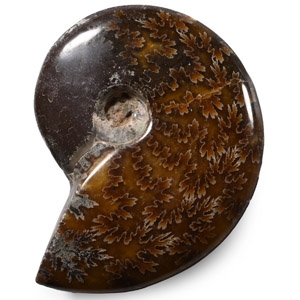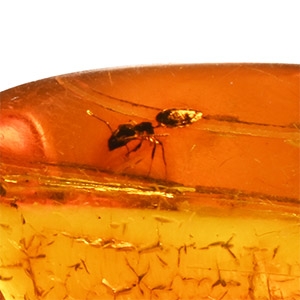Home > Auctions > 3 - 11 June 2025
Ancient Art, Antiquities, Books, Natural History & Coins
Ex property of a UK gallery, early 2000s.
Ex property of a UK gallery, early 2000s.
Ex West country, UK, collection, 1990s onwards.
See Guide to the Elephants (Recent and Fossil) in the British Museum (Natural History), BM, 1922, pp.35-47, for discussion.
The mammoth lineage branched from the Asian elephant around 6 million years ago, and later on the Woolly Mammoth, Mammuthus primigenius, evolved in eastern Siberia. Woolly mammoths, being slightly smaller than living African elephants, were foragers and ate grass, as well as small, nutritious flowering plants that flourished in the environment where they lived. They may also have used their curved tusks to dig through snow and eat plants that other foragers were unable to reach.
From Atlas Mountains, Morocco, North Africa.
From a Cambridgeshire, UK, collection.
From the Kalahari Desert, Southern Africa.
Ex Mineral Imports, London, UK.
Gregory, Bottley & Lloyd (Gregory's), Harwich, UK.
Ex Mineral Imports, London, UK.
Gregory, Bottley & Lloyd (Gregory's), Harwich, UK.
From Democratic Republic of the Congo, Central Africa.
Ex Mineral Imports, London, UK.
Gregory, Bottley & Lloyd (Gregory's), Harwich, UK.
From a Lincolnshire, UK, collection.
From a Lincolnshire, UK, collection.
A crater field of roughly 26 craters was found in the vicinity of this crater, which is estimated to date to 4-5 thousand years BP. The age of the meteorite itself is thought to be c.4.5 billion years, formed as part of the development of this solar system. The largest two fragments, the 30.8 ton Gancedo and 28.8 ton El Chaco, are among the heaviest meteorite masses ever recovered on Earth. In 1576, the governor of a province in Northern Argentina commissioned the military to search for a large mass of iron, which it was believed the local people claimed had fallen from the sky and which they used for their weapon production. The expedition discovered a large mass of metal which was assumed to be an iron mine and brought back a few samples, which were described as being of unusual purity. Following the legends, in 1774 Don Bartolomé Francisco de Maguna rediscovered the iron mass. He himself did not believe that the stone had fallen from the sky and assumed that it had formed by a volcanic eruption. However, he sent the samples to the Royal Society of London. In 1990 it became protected by law.
From Brazil.
Ex Mineral Imports, London, UK.
Gregory, Bottley & Lloyd (Gregory's), Harwich, UK.
From a Lincolnshire, UK, collection.
From a Lincolnshire, UK, collection.
2005 - 2016 of 3130 LOTS

.jpg)
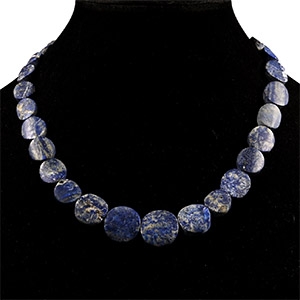
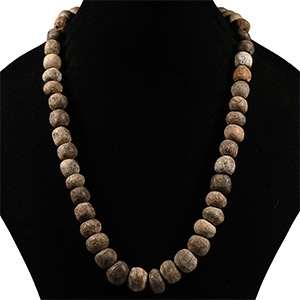
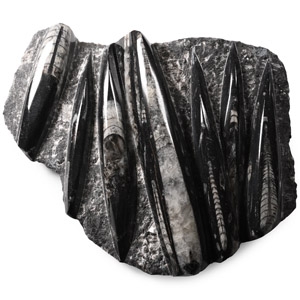
![Kalahari Desert Wind Stone Group [3] Kalahari Desert Wind Stone Group [3]](https://timelineauctions.com/upload/images/items/small/228183-s.jpg)
![Boxed Quality Crystal Mineral Specimen Collection [3] Boxed Quality Crystal Mineral Specimen Collection [3]](https://timelineauctions.com/upload/images/items/small/228180-s.jpg)
![Malachite Cut and Polished Eye Mineral Specimen Group [20] Malachite Cut and Polished Eye Mineral Specimen Group [20]](https://timelineauctions.com/upload/images/items/small/228172-s.jpg)
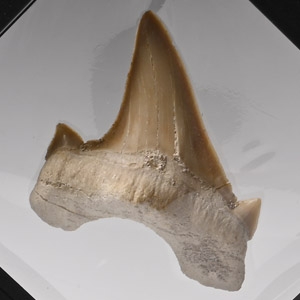
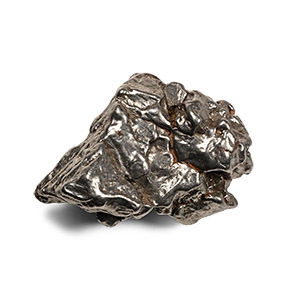
![Large Deep Purple Amethyst Point Group [8] Large Deep Purple Amethyst Point Group [8]](https://timelineauctions.com/upload/images/items/small/228141-s.jpg)
